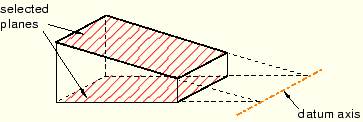


Mechanical metamaterials are materials whose macro-scale properties such as unusual deformation characteristics directly originate from their (small-scale) geometrical design 1, 2, 3, 4. Shape-matching materials have potential applications in soft robotics and wearable (medical) devices. Finally, we show that the presented metamaterials could match the contours of three real objects including a scapula model, a pumpkin, and a Delft Blue pottery piece. The forward-maps were then used to devise the geometry of cellular structures that approximate the arbitrary shapes described by random Fourier’s series. The validity of the underlying computational models was first demonstrated by comparing their predictions with experimental observations on specimens fabricated with indirect additive manufacturing. We used computational models to forward-map the space of planar shapes to the space of geometrical designs. Here, we introduce “shape-matching” metamaterials where the geometry of cellular structures comprising auxetic and conventional unit cells is designed so as to achieve a pre-defined shape upon deformation. Architectured materials with rationally designed geometries could be used to create mechanical metamaterials with unprecedented or rare properties and functionalities.


 0 kommentar(er)
0 kommentar(er)
